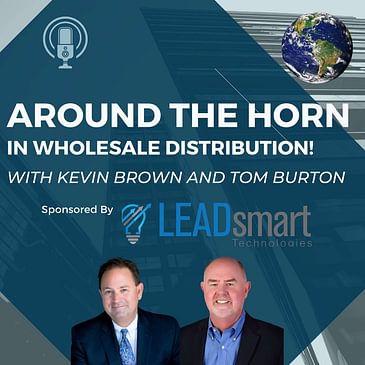If you're looking for insights to the current state of wholesale distribution, there's perhaps no greater authority than Eric Hoplin, Chief Executive Officer at the National Association of Wholesaler-Distributors. In this episode, Eric sits down with us for a very special hour to provide his unique perspective on a variety of topics.
From the impact of technology, to mergers and acquisitions, to the importance of family-owned and employee-owned businesses, Eric spills the tea on the most important topics in wholesale distribution. We also touched on the challenges and opportunities in the industry, such as supply chain issues, port labor talks, and the influence of Chinese investments in Latin America.
It's one of our most insightful episodes yet, highlighting the importance of technology, talent, and strategic planning in the evolving landscape of wholesale distribution.
Join the conversation each week on LinkedIn Live.
Want even more insight to the stories we discuss each week? Subscribe to the Around The Horn Newsletter.
You can also hear the podcast and other excellent content on our YouTube Channel.
Follow us on Facebook, Twitter, Instagram, or TikTok.


